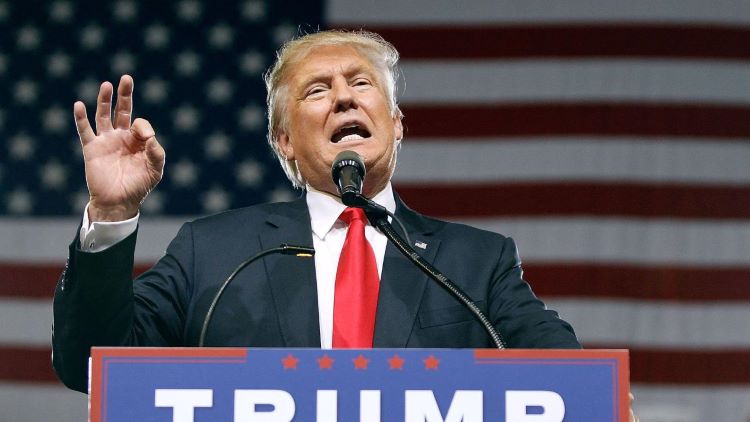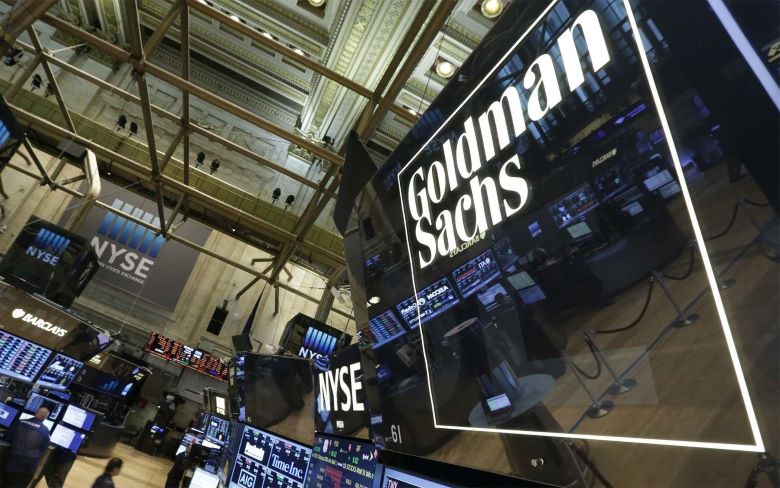Anamika Dey, editor
Brief news
- Europe is strategizing to counter potential U.S. tariffs on exports following Trump’s election, which could escalate trade tensions and impact consumer prices.
- Economists suggest various responses, including negotiating tariff exemptions and enhancing cooperation on defense and energy purchases.
- A united front against China may emerge, aligning EU and U.S. policies, despite internal political challenges within Europe.
Detailed news
Europe is frantically trying to figure out how to prevent or fight the impending imposition of tariffs on its exports to the United States in the wake of Donald Trump’s victory in the US presidential election.
In his campaign, Trump promised to slap a 10% to 20% tax on all U.S. imports and a 60% to 100% increase on Chinese goods, reviving a trade war that started during his first term in office. Last week, he won the election by a narrow margin, but he had previously vowed to do so.
The protectionist approach would certainly escalate trade tensions with the European Union and China, two of the United States’ most important trading partners, but Trump views it as a means to increase employment and economic development in the United States. Some worry that American consumers may see price increases as a result of the planned tariffs.
Although Trump is known for his unpredictable policies, commentators believe that the incoming president shows no signs of backing down from his stance on trade tariffs. He even went as far as calling the term “the most beautiful word in the dictionary.”
That means Europe and Asia need to figure out how to lessen the blow of export taxes going forward, as well as decide whether to hit back or attempt to negotiate a way out. The impact of Trump’s tariffs on Europe is unclear; according to ING economists’ assessment last Friday, they may be “as damaging as feared,” or they could be “a bargaining chip designed to unlock wider foreign policy deals.”
The head of Germany’s Ifo Center for International Economics urged the European Union and Germany, which depends significantly on trade with the United States, especially in the export of vehicles, to “strengthen their position through measures of their own.” This comes amid calls in Europe for the bloc to start planning retaliatory actions immediately.
According to Lisandra Flach of Ifo, “these include deeper integration of the EU services market and credible retaliatory measures against the U.S..” (Flach, 2017). A probable implementation of the new “Anti-Coercion Instrument” that the European Union has developed to address situations when “a country refuses to remove the coercion” is a part of the planned actions.
Tariffs, limitations on intellectual property rights and trade-related services, and limits on public procurement and foreign direct investment are all part of the response. Germany and the European Union may work together more closely with some American states, Flach said.
On the other hand, economists have proposed three additional strategies that the European Union (EU) may employ to thwart, curtail, or sidestep Trump’s anticipated tariff policies.
Giving Up
Economists point out that European officials may try to sidestep tariffs entirely under the next Republican government by proposing to increase some American imports in return for a tariff exemption from the United States.
President Trump and then-president of the European Commission Jean-Claude Juncker struck an agreement in July 2018 that included soybeans and liquefied natural gas, according to a note last Friday by Andrew Kenningham, chief Europe economist at Capital Economics.
President Ursula von der Leyen of the European Commission is expected to first follow a “transactional strategy,” according to analysts at Eurasia Group, headed by Mujtaba Rahman. In this scenario, the European Union would follow the lead of the United States in an effort to increase exports of agricultural products, natural gas, and military hardware.
The European Union is expected to commit to increasing its purchases of LNG from the United States. Two agreements that the commission had been discussing with President Joe Biden—one for sustainable steel and aluminum and another for critical minerals between the European Union and the United States—may be revisited by von der Leyen. The experts at Eurasia Group pointed out that the EU-US Trade and Technology Council has been essential in promoting cooperation on digital matters like export restrictions and artificial intelligence, and they expect this trend to continue.
A global agreement
As an alternative, Kenningham said that the parties should attempt to avert the tariff threat by negotiating “a broader geopolitical deal.”
As an example, “the EU could, for example, commit to buy more defense equipment from the US so it can keep supporting Ukraine — but the EU would have a hard time agreeing on how to raise the money because many countries, including Germany, are strongly against more joint EU borrowing.”
To mitigate the economic impact of a 10% tax on European exports by the United States, European authorities are likely to seek a favorable agreement. The main thing to remember, according to Kenningham, is that “the outcome could be less than that if the EU is successful in reaching some kind of deal.” This is because, according to their working assumption, the US tariff is 10% and would reduce euro-zone GDP by just 0.2%.
However, it is debatable whether or not Europe can come to an agreement on a deal with Trump. “Trump hits Europe not only at a time of economic weakness but also one of political instability,” said Carsten Brzeski, global head of Macro at ING, in a post-election note last week…
Emmanuel Macron and Angela Merkel formed a solid political axis throughout Trump’s first term. The German government has recently fallen, and France is also having trouble today. According to him, there isn’t precisely a sturdy barrier. “It really makes one wonder if Europe can come up with suitable answers to Trump,” he chimed in.
A united front against the Chinese?
The third option, as pointed out by Kenningham of Capital Economics, is that Europe and the United States may reach an agreement to bring their policies toward China into closer alignment.
This may lead to more regulations on Chinese FDI (foreign direct investment) going into other countries, more hurdles for Chinese electric vehicles and other technologies entering the global market, and tighter limits on the export of high-tech products like lithography equipment.
According to Kenningham of Capital Economics, EU officials may feel pressured to break connections with China too severely, despite their reluctance, due to significant U.S. pressure.
With Trump’s return making it tougher for the EU to map its third-way ‘decoupling’ plan, the analysts at Eurasia Group concurred that the EU’s “most difficult policy response will likely be vis-à-vis China.”
In the event that Trump initiates a trade war with China, the European Union may gain some short-term advantages if the United States narrows its attention to China rather than the EU. According to the experts, Beijing is less inclined to vigorously oppose Brussels’ trade policies in its struggle against Trump, and the European Union is likely to seek areas of agreement with the United States, such sophisticated semiconductors.
The European Union’s substantially tougher posture toward China is likely to be expedited by Trump in the end. Considering Chancellor Olaf Scholz’s unwillingness to even fully embrace the EU’s softer de-risking plan, this would pose the biggest obstacle for Germany.




